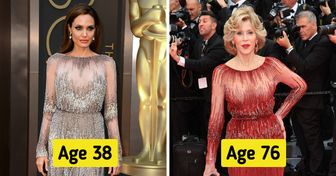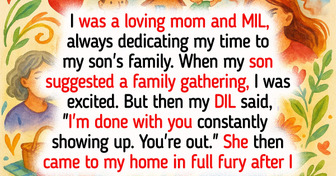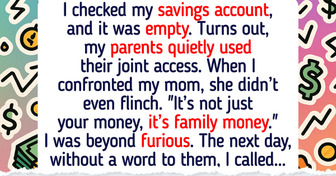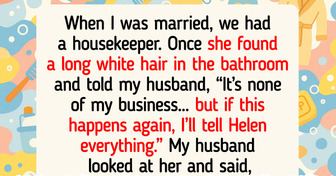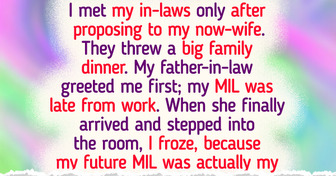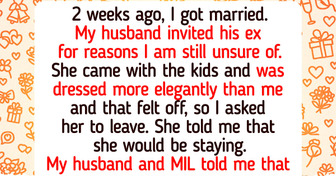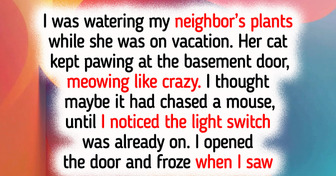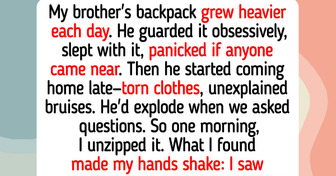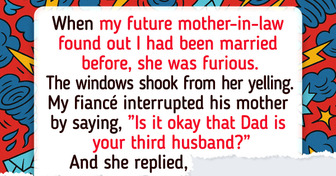We Compared How Clothing on the Runway Looks on Models and Celebrities, and We Can’t Decide Who Impressed Us More

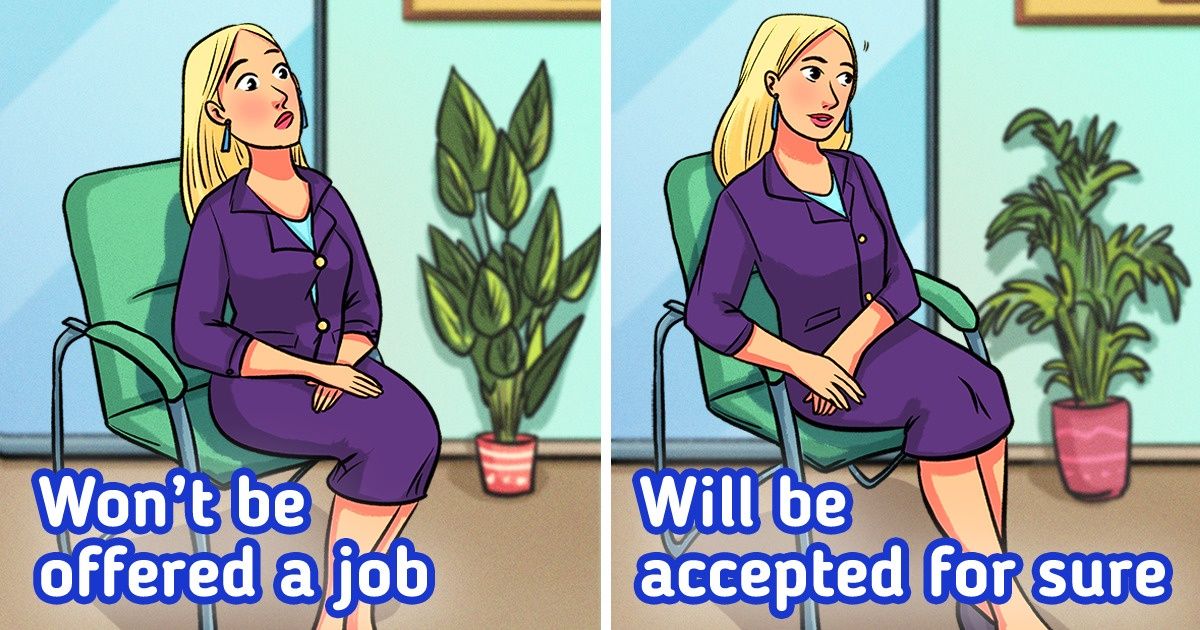
Experts claim that 90% of any conversation is forgotten after 48 hours, and all you’re left with is an impression about your interlocutor. In order to get the job of your dreams, you need to make the HR manager like you. And it’s not just about what we’re going to tell them, but about how we’re going to do it.
Bright Side likes inspiration in all its manifestations, and that’s why we’re gladly telling you about how to charm a headhunter and get your desired position.
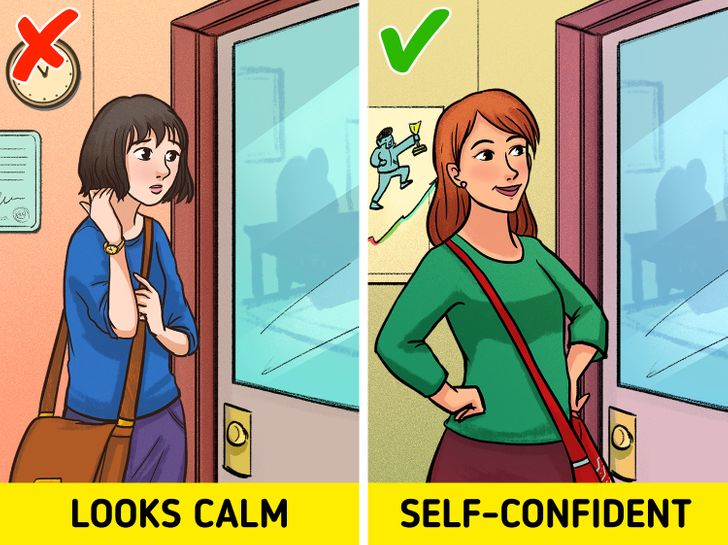
Psychological research shows that we can make ourselves look more confident in a stressful situation. All you need to do is strike a power pose for a couple of minutes. Before the interview, straighten your shoulders, relax your back, lift your chin, or simply lean on a chair’s back. Let your body take the pose of a winner — it will help.
Tender, natural makeup is what you need — it’s better not to wear heavy cosmetics on job interviews. Apply a little corrector with a greenish hue to your face. It won’t be noticeable, but it will protect your skin from possible redness if, in a stressful situation, blood starts to rush to your cheeks. The powder, in its turn, will hide unwanted beads of sweat. Don’t go for fake eyelashes and use waterproof mascara. Opt for a soft eye pencil instead of a stiff eyeliner. Red lipstick is acceptable, but only on the condition that your lips will look perfect and are the only bright accent in your look. Colorless lipgloss or lip balm is a more universal, reliable option.
Don’t limit your official wardrobe to dark colors only. A basic item of moderate khaki coloring or a collar of a mandarine shade peeking out of a blazer can make your look more interesting. It’s also worth noting that a blazer (a blue one, for example) is a perfect option for men as well. Just like a dark-colored blazer, it looks stylish and professional, fresher, and more universal. It’s much easier to find a matching shirt, pants, and shoes for it as well.
You can combine not only colors but patterns and textures as well. Also, don’t forget about the cut and the fit of your clothes — go for pieces that look good and trendy on you.
A bag, shoes, or jewelry will complete your image and help you look confident and professional, which will definitely be noticed by whoever’s interviewing you. When choosing accessories, make sure to follow the principle of “less is better.” For women, it’d be best to shy away from wearing voluminous earrings or an abundance of bracelets, while men are better off wearing nothing but a wristwatch and a wedding ring. Shoes should be neat and official — women should opt for classic, closed-toed shoes, and men should lean toward lace boots or slip-ons, for example.
Your hairdo and nail polish shouldn’t be loud. Assess your look once again before leaving your home. We collected general recommendations, but make sure to take your professional field into account in every case — a fashion magazine and an administrative organization will have very different dress codes.
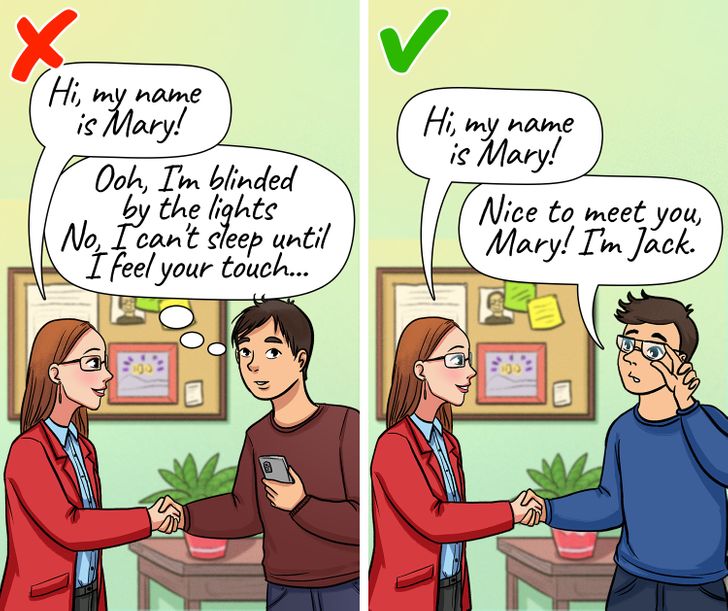
As you prepare for the job interview, besides the information about the company, make sure to freshen up on the name of the recruiter or learn their name. If you are not sure whether you know the name correctly, be attentive — the HR manager will introduce themselves before starting the conversation. Calling a person by their name can help set personal contact with the recruiter and increase your chances of getting a job.
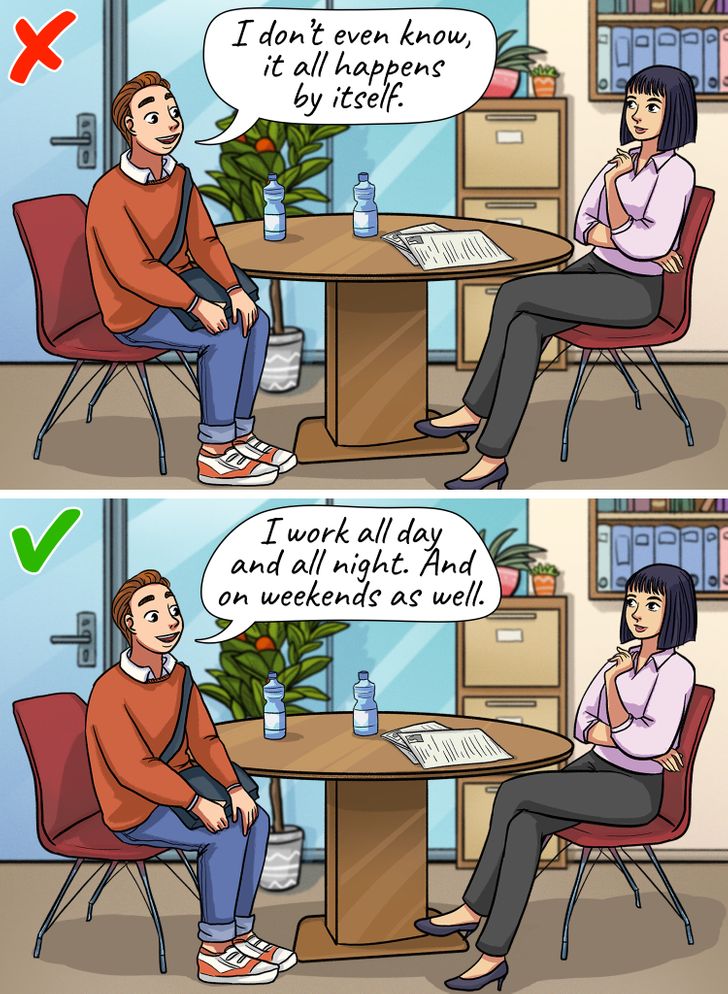
The clearer your answers are, the better. Recall the situations when you did your job well in advance and prepare a plan for your short story. HR managers recommend using the STAR-method (situation, task, action, and result) since it will help you create a storyline that’s easy for your interlocutor to understand.
Talk about your personal contribution to solving problems, don’t exaggerate, and don’t be too modest. If possible, support the results of your work with numbers — explain with percentages how sales increased with your arrival to the company or how many new subscribers the brand’s Instagram account received after you started maintaining it.
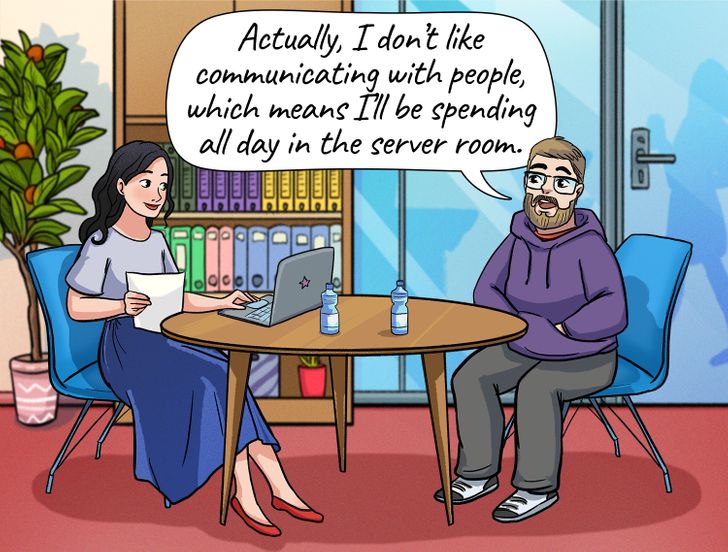
Be ready to answer questions about your weaknesses. You’d be surprised to learn how they can win over a recruiter, even more so than your list of merits. An HR manager really wants to understand how you cope with difficulties at work. The main thing to remember is to demonstrate that you’re well aware of your weaknesses, that you assess them adequately, and that you’re working on them. But don’t overdo it with self-criticism — your answers should help you get the position, not lose it.
According to statistics, 79% of financial directors think that an employee’s sense of humor helps them fit into the corporate culture. However, it’s important not to overdo it and show the future employer that you’re representable and easy to communicate with. Companies don’t like “difficult” workers who demand to be treated a certain way. Laugh at yourself or at the comments the HR manager makes (if it’s appropriate, of course). Simply be friendly and sharp-witted.
It’s important to keep an open pose. It’s better not to hide your hands in your pockets or under the table, but rather, keep them visible for your interlocutor to see. Experienced recruiters notice that when a candidate freely gesticulates, as it helps them convey their thoughts to listeners and demonstrate a positive attitude.
In particular, body language and the positioning of the hands say a lot. Open palms indicate your openness, connected fingertips show your confidence, and beating your fingers on the table means you’re feeling nervous. Try to outline in advance which gesture best represents you in stressful situations, and try to avoid making undesirable impressions at the interview.
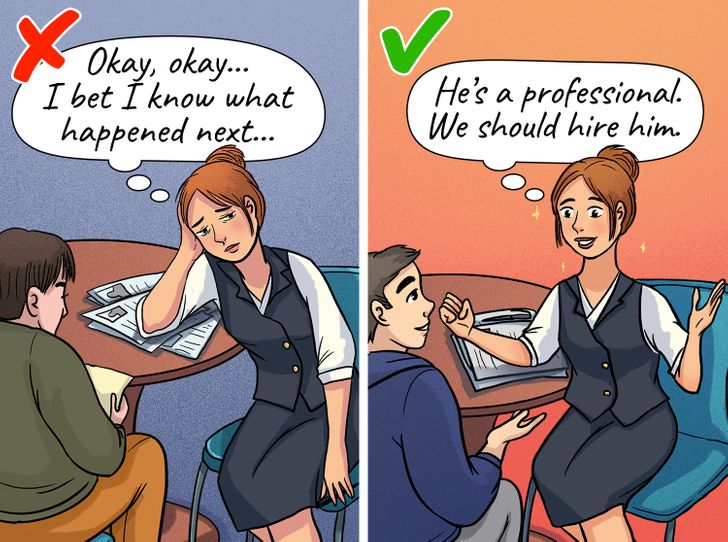
Even the most important words can get swallowed in a monotonous speech. Your interlocutor might start to feel bored and get distracted by their own thoughts from time to time. Don’t forget to change the strength of your voice, speech pace, tone, and intonation. This will give your words brightness and persuasiveness and will inspire your listeners. The way you can convey your thoughts to others affects not only how an interviewer will understand and perceive you, but how your boss and colleagues see you at work as well.
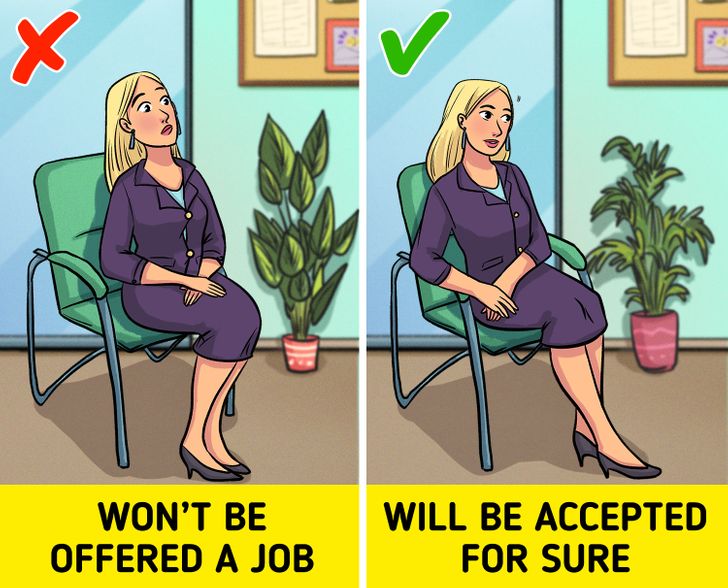
A head nod is one of the most powerful ways to show your reaction. Just like a bow, it indicates the acceptance of the interlocutor and that you’re agreeing with what they’re saying. A nod is a ritual that confirms the status of the speaker, and it’s most often used by women.
You can try using the following practice at a job interview — use a nod as you speak about your strengths and it can inspire the HR manager to nod back at you. Thus, they’ll demonstrate their agreement with you and the acceptance of what you’re going to talk about.
Research has shown that 73% of employers expect candidates to negotiate salaries during the hiring process. It sounds logical because we surely want to get this information up-front. However, experts don’t recommend asking questions about salary during the first interview. If the HR manager doesn’t start talking about it, take a waiting position in order to take a closer look. If someone asks you to announce your desired salary at an early stage, it’s quite normal to say that you’re flexible and want to know more about the job and duties connected with it. Keep in mind that you need to assess not only the volume of the salary at the new place but also all the bonuses and social benefits you’ll get there.
People remember the first and last moments of a meeting most. That’s why how the opening and closing potions of your interview go are so important, along with the gestures and words you use during these times. Stay energetic and friendly. You can thank the HR manager for the time spared and show your interest in this job once again. Summarizing the meeting and putting the thought between the lines that you’re the right candidate for this position (which is kind of the whole point) can be a good option.
Do you use non-verbal tricks when communicating with recruiters? Please share your experience. Which of these tricks work in 100% of cases?

